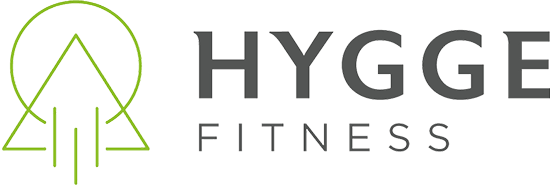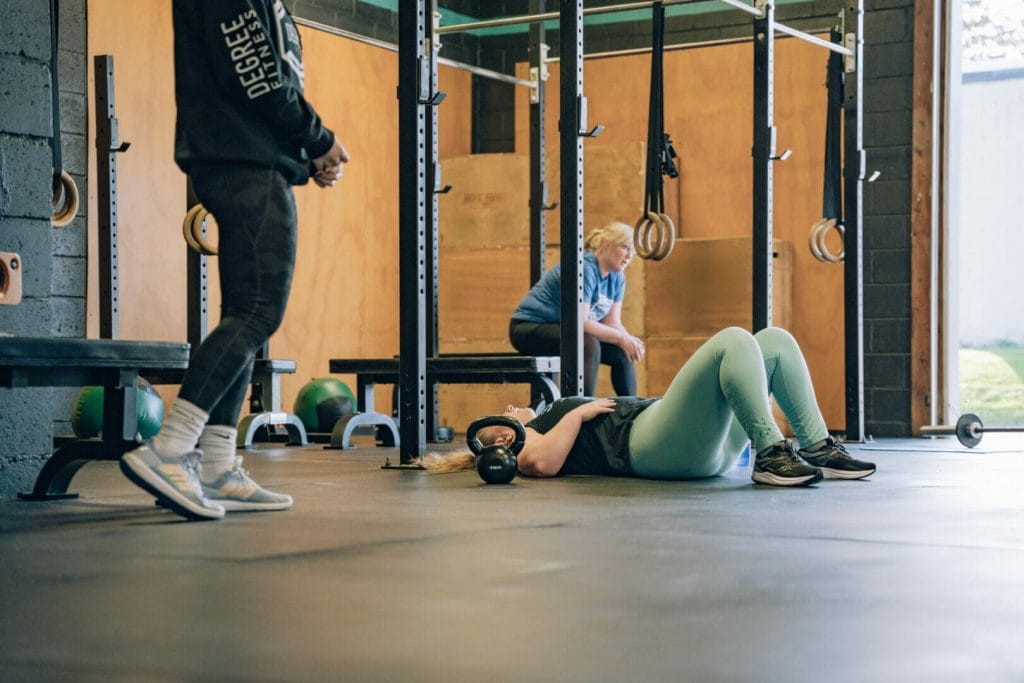When it comes to maximizing your performance and preventing injuries, mobility training is a game-changer. Below are some details on the importance of mobility for athletes and practical tips on how to incorporate mobility training into your routine. By enhancing your flexibility, joint range of motion, and movement patterns, you can take your fitness journey to new heights.
Some benefits of mobility training include improved performance as increased mobility allows for better movement mechanics, enhancing your technique and efficiency during workouts; injury prevention as addressing mobility limitations reduces the risk of strains, sprains, and other common injuries; and
enhanced recovery as mobilizing tight muscles and joints promotes faster recovery, reducing soreness and improving overall resilience.
First, it is good to identify mobility limitations. You can perform a movement assessment by identifying areas of limited range of motion or tightness that may hinder your performance. Common mobility limitations are hips, shoulders, ankles, and thoracic spine, and how they can affect your movements. The GOWOD app has a free mobility test that could be a good place to start.
To incorporating mobility exercises into a pre-class warm-up, you can perform dynamic movements that mimic the exercises in your workout, gradually increasing the range of motion. Try foam rolling to target specific muscle groups to release tension and promote blood flow or perform controlled movements to mobilize and lubricate your joints.
Prioritize dedicated mobility sessions. Set aside dedicated time to focus on mobility exercises, either before or after your regular workouts. Attend specialized mobility classes offered at our gym, led by experienced coaches who can guide you through effective techniques.
Some mobility tools and techniques:
– Resistance bands: Use bands to assist or resist movements, helping to deepen stretches or strengthen specific muscle groups.
– Lacrosse balls and foam rollers: Utilize these tools for targeted self-myofascial release to address muscle tightness and trigger points.
– Yoga and Pilates: Incorporate these disciplines into your routine to improve flexibility, balance, and body awareness.
Listen to your body and progress gradually. Start with your current range of motion and gradually progress over time. Pushing too hard too soon can lead to injuries. Be consistent: Incorporate mobility training into your routine regularly to see long-term improvements. Consult with a qualified coach or physical therapist to ensure proper technique and personalized guidance.
By incorporating mobility training into your routine, you’ll not only enhance your performance but also safeguard yourself from potential injuries. Take the time to assess your limitations, perform targeted exercises, and gradually expand your range of motion. Remember, unlocking your potential starts with prioritizing mobility and dedicating time to improve your body’s flexibility and movement capabilities. So, embrace the journey, and witness the positive impact it has on your experience.
Are you looking for some guidance? Book your free No Sweat Intro here.

